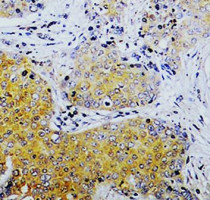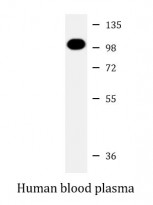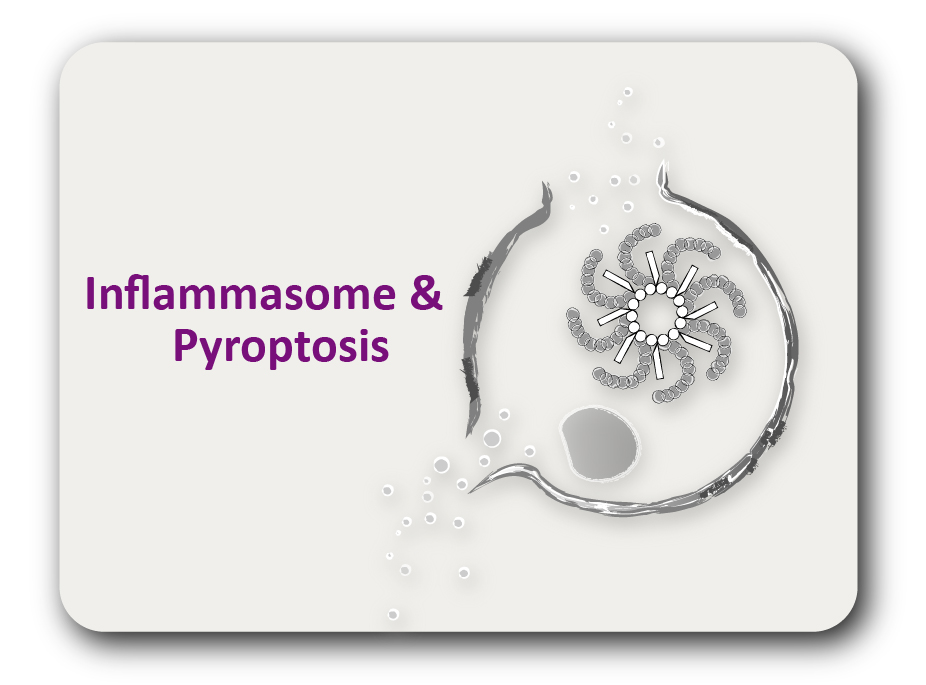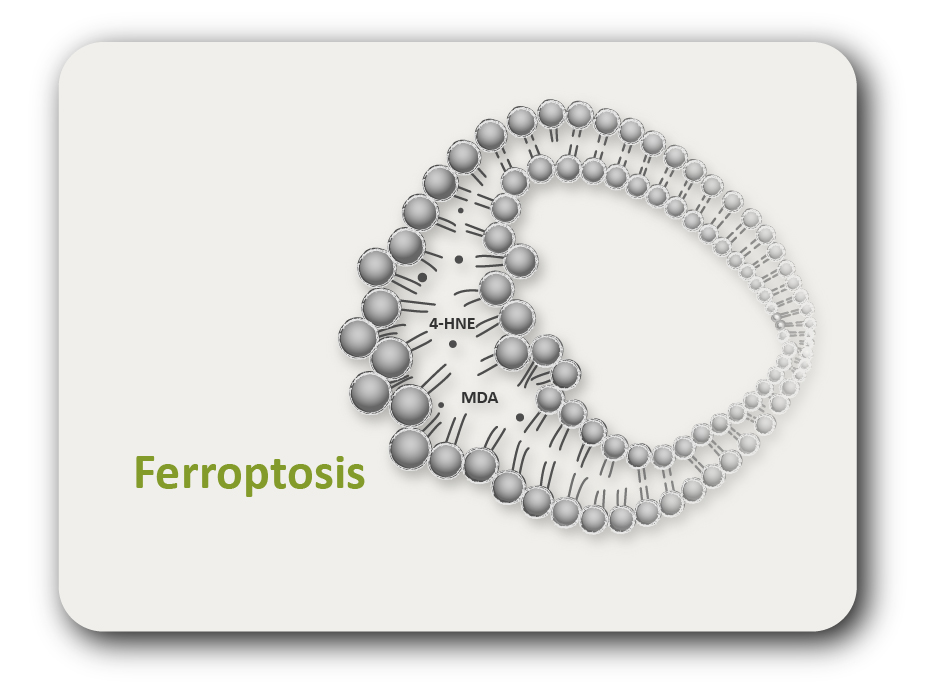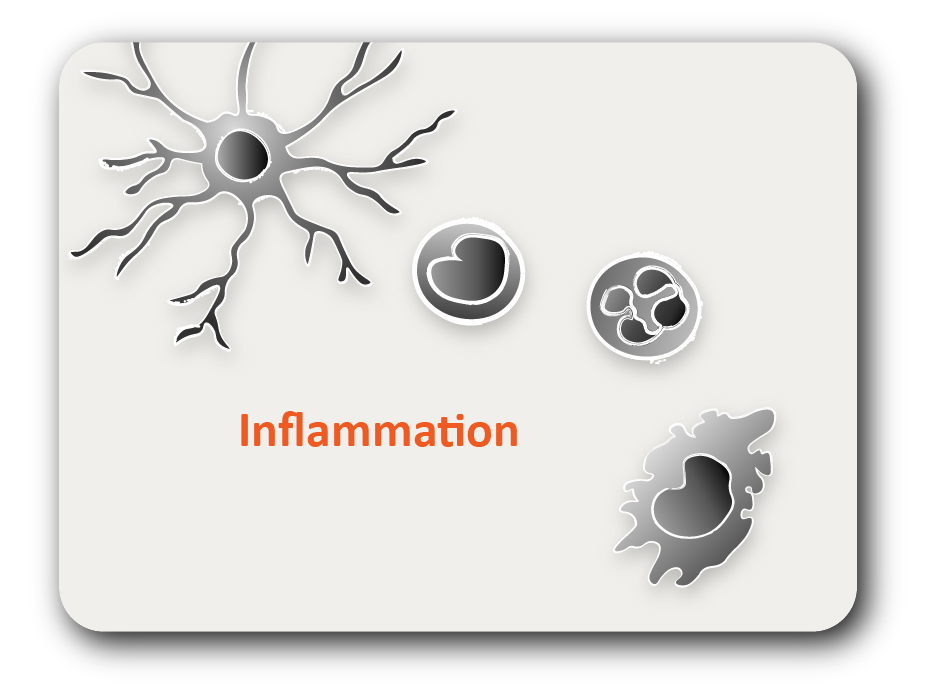ARG58286
anti-SERPING1 / C1 Inhibitor antibody
anti-SERPING1 / C1 Inhibitor antibody for IHC-Formalin-fixed paraffin-embedded sections,Western blot and Human
Overview
| Product Description | Rabbit Polyclonal antibody recognizes SERPING1 / C1 Inhibitor |
|---|---|
| Tested Reactivity | Hu |
| Tested Application | IHC-P, WB |
| Host | Rabbit |
| Clonality | Polyclonal |
| Isotype | IgG |
| Target Name | SERPING1 / C1 Inhibitor |
| Antigen Species | Human |
| Immunogen | Synthetic peptide corresponding to aa. 351-379 of Human SERPING1 / C1 Inhibitor. |
| Conjugation | Un-conjugated |
| Alternate Names | C1IN; C1INH; C1-inhibiting factor; Serpin G1; C1 esterase inhibitor; Plasma protease C1 inhibitor; C1 Inh; HAE2; C1Inh; C1NH; HAE1 |
Application Instructions
| Application Suggestion |
|
||||||
|---|---|---|---|---|---|---|---|
| Application Note | * The dilutions indicate recommended starting dilutions and the optimal dilutions or concentrations should be determined by the scientist. | ||||||
| Positive Control | Human blood plasma |
Properties
| Form | Liquid |
|---|---|
| Purification | Purified |
| Buffer | PBS (pH 7.4), 150mM NaCl, 0.02% Sodium azide and 50% Glycerol. |
| Preservative | 0.02% Sodium azide |
| Stabilizer | 50% Glycerol |
| Storage Instruction | For continuous use, store undiluted antibody at 2-8°C for up to a week. For long-term storage, aliquot and store at -20°C. Storage in frost free freezers is not recommended. Avoid repeated freeze/thaw cycles. Suggest spin the vial prior to opening. The antibody solution should be gently mixed before use. |
| Note | For laboratory research only, not for drug, diagnostic or other use. |
Bioinformation
| Database Links | |
|---|---|
| Gene Symbol | SERPING1 |
| Gene Full Name | serpin peptidase inhibitor, clade G (C1 inhibitor), member 1 |
| Background | This gene encodes a highly glycosylated plasma protein involved in the regulation of the complement cascade. Its protein inhibits activated C1r and C1s of the first complement component and thus regulates complement activation. Deficiency of this protein is associated with hereditary angioneurotic oedema (HANE). Alternative splicing results in multiple transcript variants encoding the same isoform. [provided by RefSeq, Jul 2008] |
| Function | Activation of the C1 complex is under control of the C1-inhibitor. It forms a proteolytically inactive stoichiometric complex with the C1r or C1s proteases. May play a potentially crucial role in regulating important physiological pathways including complement activation, blood coagulation, fibrinolysis and the generation of kinins. Very efficient inhibitor of FXIIa. Inhibits chymotrypsin and kallikrein. [UniProt] |
| Calculated MW | 55 kDa |
| PTM | Highly glycosylated (49%) with N- and O-glycosylation. O-glycosylated with core 1 or possibly core 8 glycans. N-glycan heterogeneity at Asn-25: Hex5HexNAc4 (minor), dHex1Hex5HexNAc4 (minor), Hex6HexNAc5 (major) and dHex1Hex6HexNAc5 (minor). Can be proteolytically cleaved by E.coli stcE. [UniProt] |
Images (2) Click the Picture to Zoom In
-
ARG58286 anti-SERPING1 / C1 Inhibitor antibody IHC-P image
Immunohistochemistry: Paraffin-embedded Human breast carcinoma tissue stained with ARG58286 anti-SERPING1 / C1 Inhibitor antibody.
-
ARG58286 anti-SERPING1 / C1 Inhibitor antibody WB image
Western blot: 35 µg of Human blood plasma lysate stained with ARG58286 anti-SERPING1 / C1 Inhibitor antibody at 1:1000 dilution.
